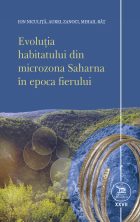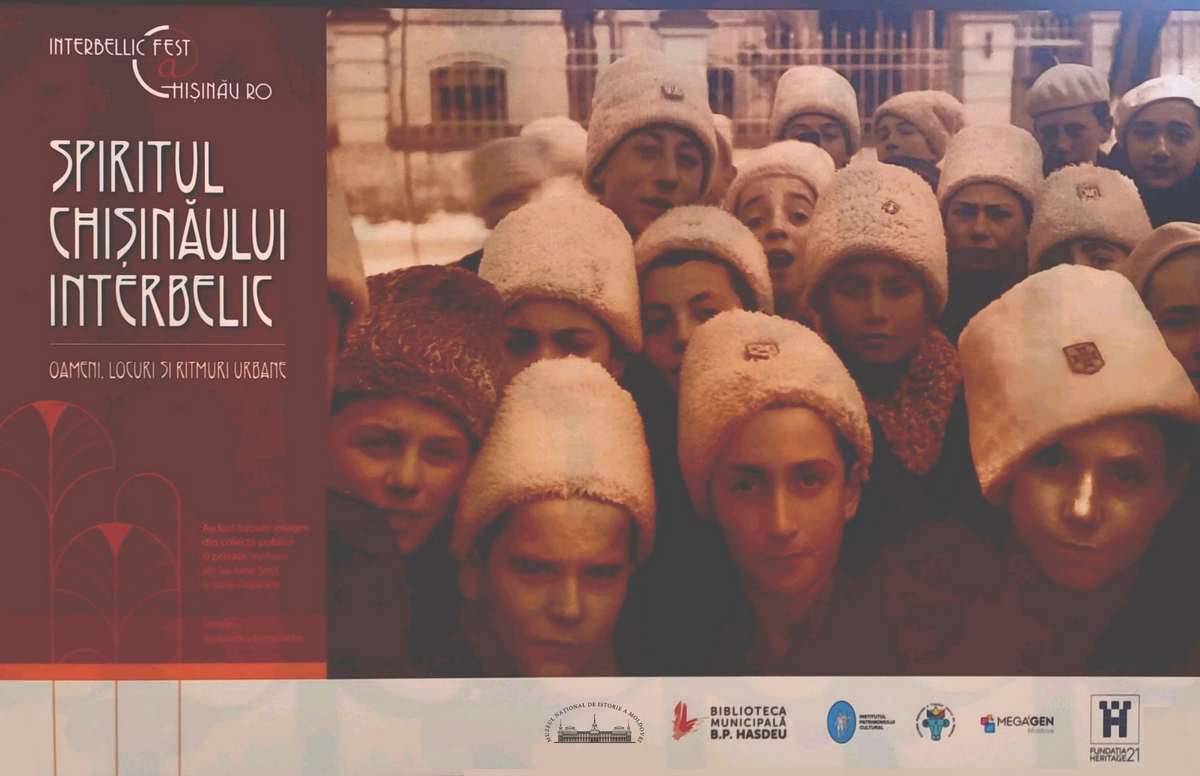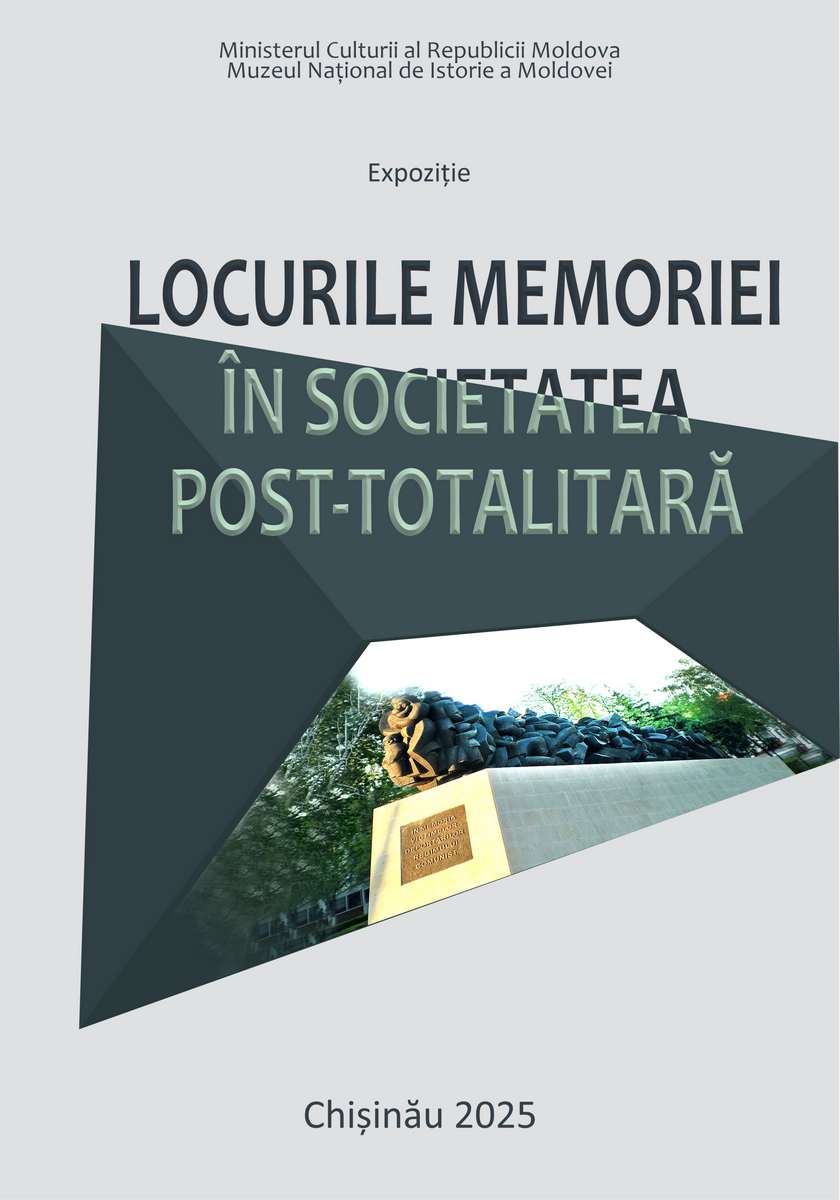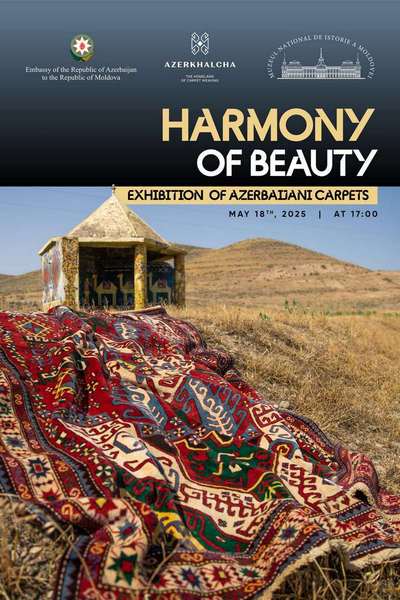The monograph presents the results of the archaeological investigations carried out in 2008-2016 in the Saharna micro-zone, Rezina District, Republic of Moldova. There are published exhaustively the objects from the sites of Saharna Mare / “Dealul Mănăstirii”, Saharna Mică and Saharna “La Şanț” researched by the means of systematic archaeological excavations, as well as the results of the archaeological surveys carried out at the sites of Saharna “La Şanț” I, Saharna “La Şanț” II, Saharna “Dealul Grimidon”, Saharna “La Vile”, Saharna-Ţiglău “Cetate”, Stohnaia III and Buciușca. It also presents the diachronic evolution and significance of sites in the Saharna micro-zone during the Iron Age.
The work contains 464 pages of text, five tables, and 278 color and black and white figures.
CONTENTS
INTRODUCTION
SAHARNA MICRO-ZONE. GEOGRAPHICAL CHARACTERIZATION (Marcel Revenco, Tudor Castraveț, Ionuț Cristi Nicu)
Chapter I. OPEN SETTLEMENTS AND FORTIFIED SITES ON THE SAHARNA MARE PROMONTORY
1. Archaeological research
2. Non-invasive investigations (Andrei Asăndulesei)
2.1. Topographic survey and 3-dimensional terrestrial laser scanning (TLS)
2.2. Analysis of orthorectified images
2.3. Magnetometric measurements
3. The Saharna Mare / “Dealul Mănăstirii” settlement in the 12th-11th c. BC
4. The Saharna Mare / “Dealul Mănăstirii” site in the 10th-9th c. BC
4.1. The fortress
4.1.1. The defensive system
4.1.2. Dwelling, household, and worship complexes
4.1.3. Archaeological findings
4.2. The open settlement
4.2.1. Household and worship complexes
4.2.2. Archaeological findings
5. The Saharna Mare / “Dealul Mănăstirii” settlement in the 8th-7th c. BC.
6. The Saharna Mare fortress in the 6th-3rd c. BC
6.1. The defensive system
6.2. Dwelling and household complexes
6.3. Archaeological findings
7. Stratigraphy and chronology
Chapter II. OPEN SETTLEMENTS AND FORTIFIED SITES ON THE SAHARNA MICĂ PROMONTORY (Ion Niculiță, Tudor Arnăut , Andrei Nicic, Andrei Corobcean)
1. Archaeological research
2. The site at the end of the 12th c. and in the 11th c. BC
2.1. Complexes
2.2. Archaeological findings
3. The fortress from the 7th c. to the end of the 3rd c. BC
3.1. The defensive system
3.2. Complexes
3.3. Archaeological findings
4. Stratigraphy and chronology
Chapter III. SAHARNA “LA ŞANŢ” SITE
1. Archaeological and magnetometric research
2. Early Hallstattian settlement
3. Thraco-Getic fortress
3.1. The defensive system
3.2. Complexes
3.3. Archaeological findings
4. Stratigraphy and chronology
Chapter IV. THE IRON AGE SITES IN THE SAHARNA MICRO-ZONE
Chapter V. DIACHRONIC EVOLUTION AND SIGNIFICANCE OF SITES OF THE SAHARNA MICRO-ZONE
CONCLUSIONS
Catalog of inventory items
Bibliography
List of Abbreviations
Abstract
List of Illustrations
 31 August 1989 St., 121 A, MD 2012, Chisinau, Republic of Moldova
31 August 1989 St., 121 A, MD 2012, Chisinau, Republic of Moldova



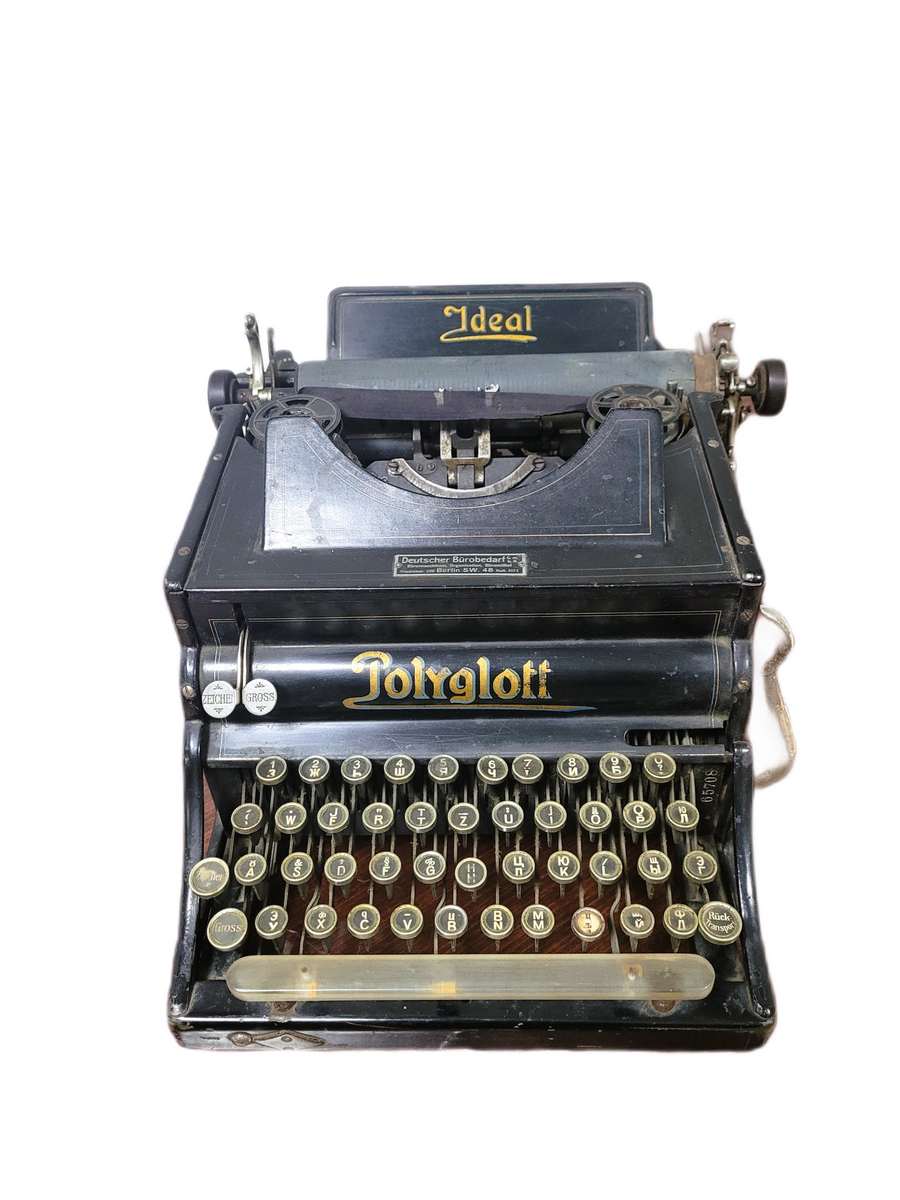
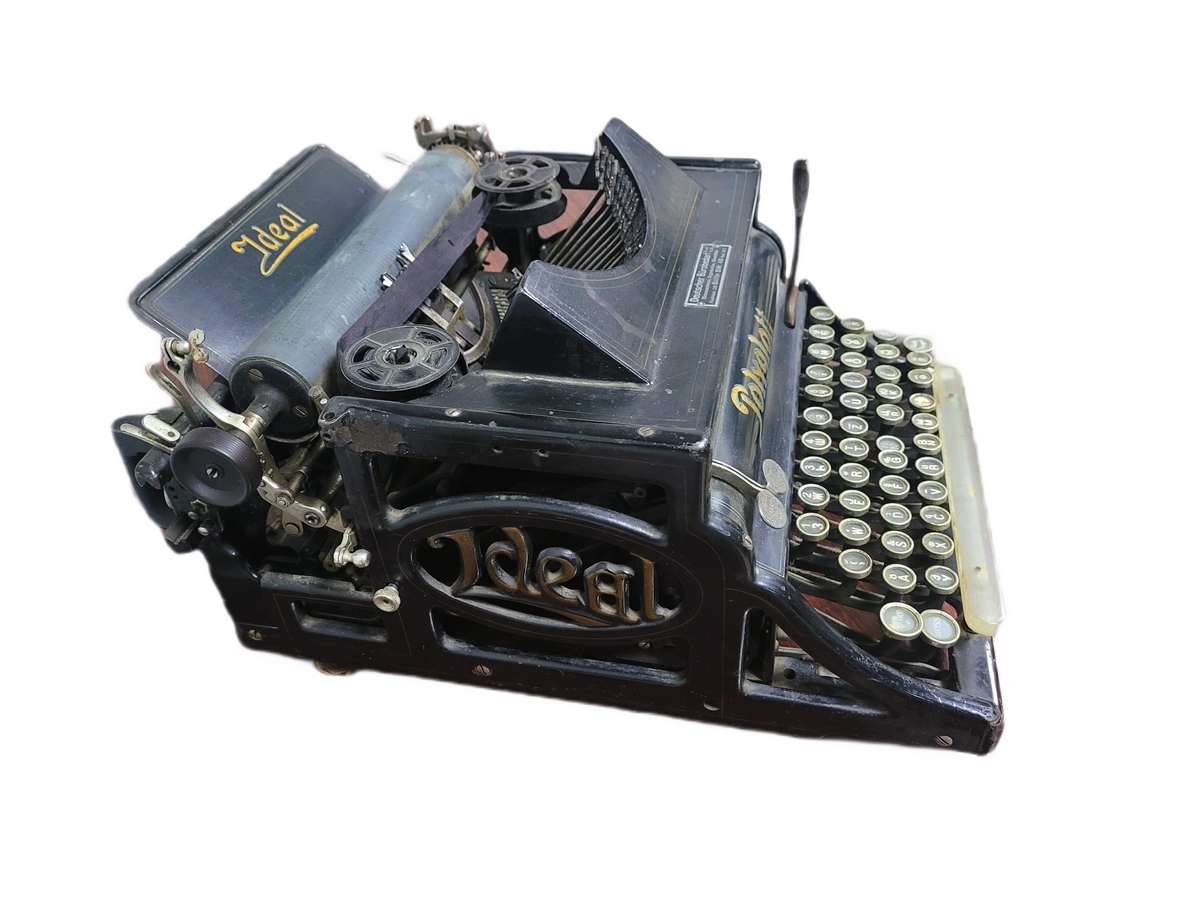 The side panels are elegantly decorated with refined cast-iron elements in the Art Nouveau style, displaying the brand name - "Ideal." The Polyglott model, featuring a bilingual keyboard patented in the United Kingdom by Max Klaczko from Riga, Latvia, was produced between 1902 and 1913, marking the first typewriter capable of writing in two languages. The "Ideal Polyglott" typewriter was actively sold in the Russian Empire and gained significant popularity in Poland, Bulgaria, and Serbia.
The side panels are elegantly decorated with refined cast-iron elements in the Art Nouveau style, displaying the brand name - "Ideal." The Polyglott model, featuring a bilingual keyboard patented in the United Kingdom by Max Klaczko from Riga, Latvia, was produced between 1902 and 1913, marking the first typewriter capable of writing in two languages. The "Ideal Polyglott" typewriter was actively sold in the Russian Empire and gained significant popularity in Poland, Bulgaria, and Serbia.



